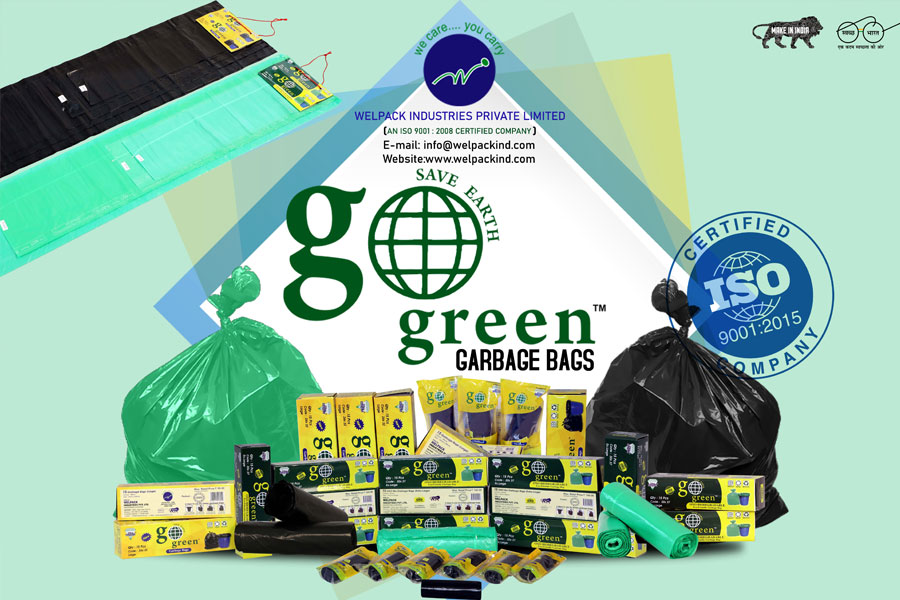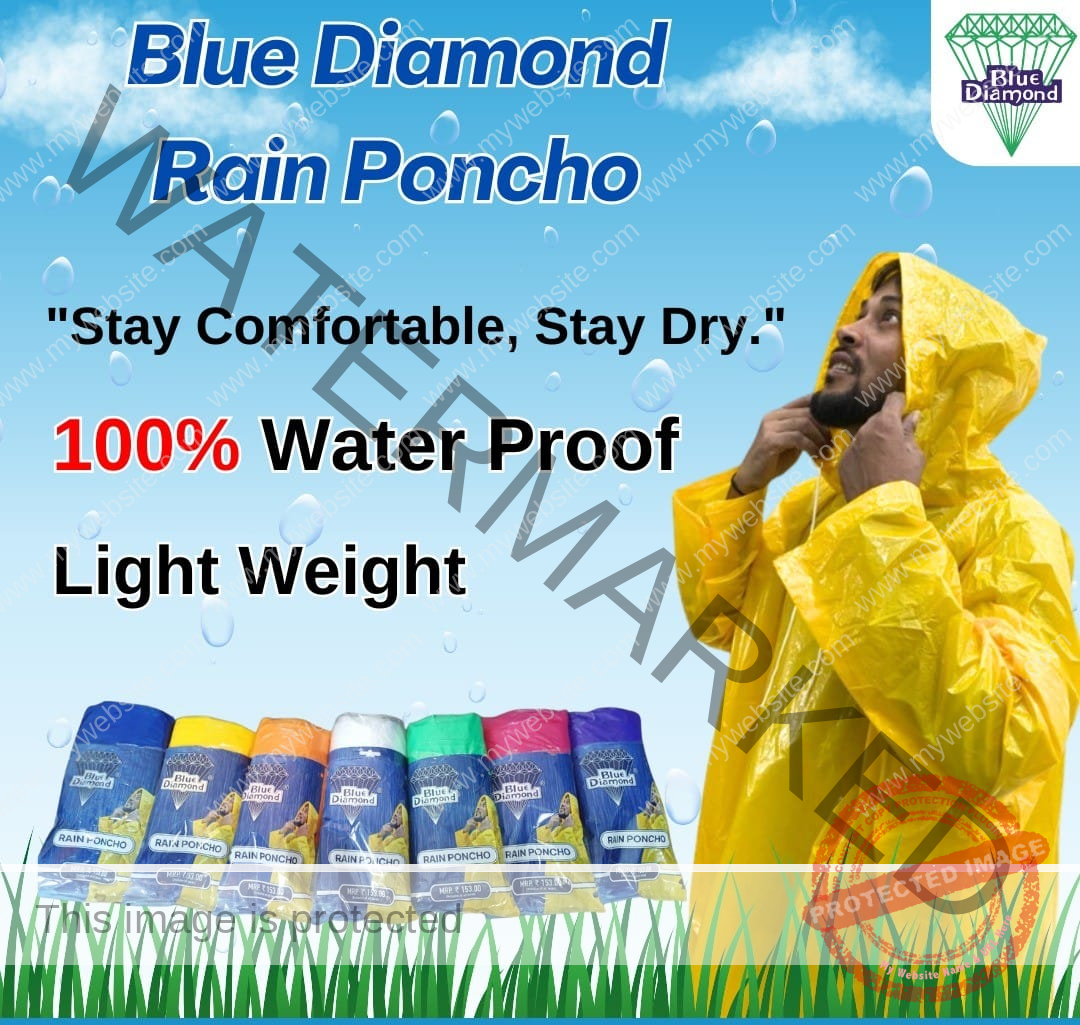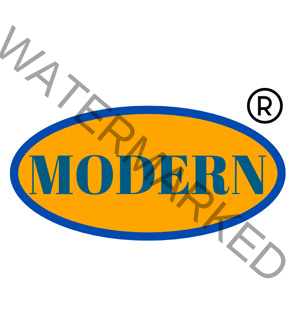What is the Difference Between HDPE and LDPE Tarpaulin?
HDPE (High-Density Polyethylene) and LDPE (Low-Density Polyethylene) are two common types of polyethylene used in tarpaulins. While both materials offer unique advantages, they differ significantly in terms of properties, durability, and applications. Here’s a detailed comparison of HDPE and LDPE tarpaulins to help you understand their differences and choose the best one for your needs.
HDPE Tarpaulins
- Material Description:
- HDPE tarpaulins are made from high-density polyethylene fibers, which are tightly woven to create a strong, durable fabric. These tarpaulins often have additional coatings or laminations for enhanced performance.
- Key Features:
- Durability: HDPE tarpaulins are exceptionally strong and resistant to tears and punctures.
- Water Resistance: Naturally waterproof, providing excellent protection against moisture.
- UV Protection: Often treated to resist UV rays, making them ideal for prolonged outdoor use.
- Chemical Resistance: Highly resistant to chemicals, oils, and acids.
- Rigidity: More rigid and less flexible compared to LDPE, offering better structural stability.
- Common Uses:
- Heavy-duty applications such as construction site covers, agricultural uses, truck covers, and long-term outdoor storage.
- Ideal for environments that require robust protection against harsh weather conditions and chemical exposure.
LDPE Tarpaulins
- Material Description:
- LDPE tarpaulins are made from low-density polyethylene, which results in a softer, more flexible material. These tarpaulins are usually lighter and less dense than HDPE tarpaulins.
- Key Features:
- Flexibility: Highly flexible and easier to handle and fold.
- Waterproofing: Provides good water resistance, suitable for many outdoor applications.
- Lightweight: Easier to transport and install due to its lighter weight.
- Cost-Effective: Generally more affordable than HDPE tarpaulins.
- Less Durability: Not as strong or durable as HDPE, making them less suitable for heavy-duty or long-term applications.
- Common Uses:
- Temporary and light-duty applications such as ground covers, camping tarps, and short-term protective covers.
- Ideal for situations where ease of handling and lower cost are more important than maximum durability.
Key Differences Between HDPE and LDPE Tarpaulins
| Feature | HDPE Tarpaulin | LDPE Tarpaulin |
| Durability | Very high, resistant to tears and punctures | Moderate, suitable for light-duty uses |
| Flexibility | More rigid | Highly flexible |
| Waterproofing | Excellent | Good |
| UV Resistance | Often UV treated | Limited UV resistance |
| Chemical Resistance | High | Moderate |
| Weight | Heavier | Lighter |
| Cost | Higher | Lower |
| Best For | Heavy-duty, long-term applications | Temporary, light-duty applications |
Conclusion
Both HDPE and LDPE tarpaulins have their unique advantages and are suitable for different applications. HDPE tarpaulins are ideal for heavy-duty and long-term use due to their strength and durability, while LDPE tarpaulins are better suited for temporary and light-duty applications where flexibility and cost-effectiveness are key considerations.







